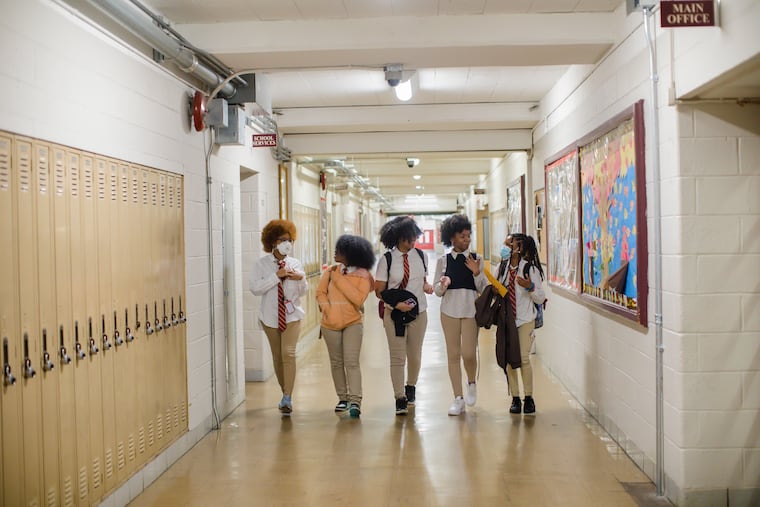Black girls’ education is fundamentally inequitable in Pennsylvania, a new study says. Here are eight fixes.
“Inequities pervade every aspect of Black girls’ education in Pennsylvania," a new report by the Education Law Center-PA concludes.

“Inequities pervade every aspect of Black girls’ education in Pennsylvania," a new report by the Education Law Center-PA concludes.
